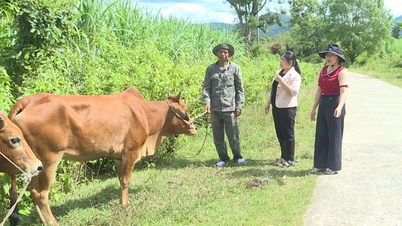The UK Health Security Agency (UKHSA) announced the discovery of this infection on November 27.
In a press release, the agency said the disease was a variant of the H1N2 virus, which only circulates in pigs. This is the first time British health authorities have detected a case of this virus in humans.
Based on initial information, the patient carried a separate form of H1N2, named 1b.1.1. He has officially informed the World Health Organization (WHO) about the discovery.
It is known that the patient was found to be infected with swine flu virus when he went for a health check after showing symptoms of respiratory illness. This person was only slightly ill and has now fully recovered.
The UKHSA is stepping up contact tracing and increased surveillance at hospitals in North Yorkshire, an area in northern England, to reduce the risk of infection.
“Investigations are ongoing to establish how this individual became infected and assess whether there are any further cases. We are working rapidly to trace close contacts and minimise any potential spread,” said Meera Chand, UKHSA Incident Director.
H1N1, H1N2, and H3N2 are the major subtypes of swine influenza A viruses that occasionally infect humans. In 2009, the world recorded the H1N1 influenza pandemic. To date, it has become a seasonal pathogen.
Similar to other influenza A strains, people with H1N2 often have symptoms of sore throat, body aches, headache, runny nose, high fever, cough, watery eyes, chills, and loss of appetite. Complications include asthma, pneumonia, and severe metabolic chronic obstructive pulmonary disease (if there is a history of the disease). Children are at risk of febrile seizures. Maternal infection with H1N2 can negatively affect the fetus.
Minh Hoa (reported by Lao Dong, Vietnam+)
Source



































































































Comment (0)